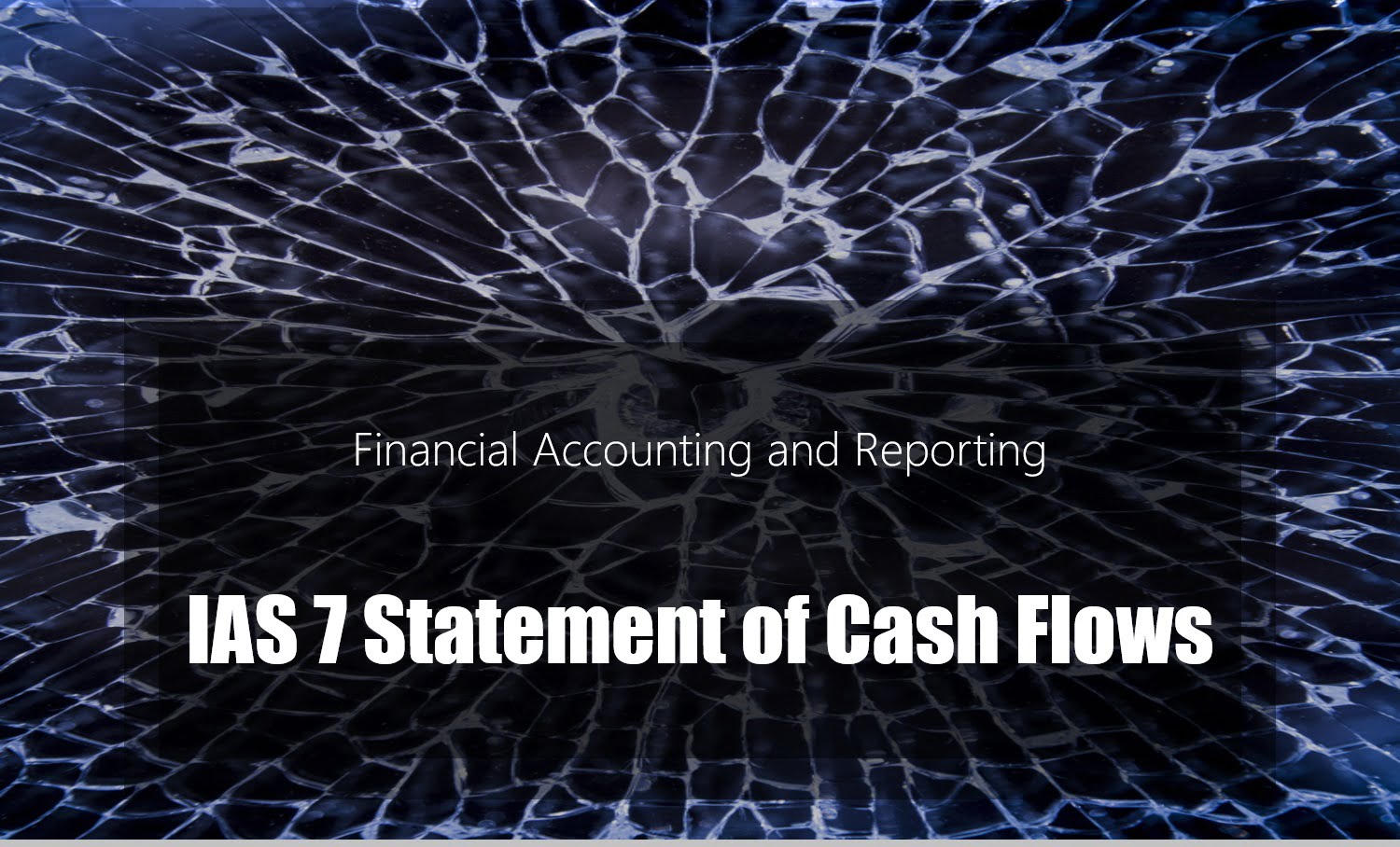IAS Standards
IAS 2 Inventories
IAS 7 Statements of cash flows
IAS 7 Statement of cash flows – Revisited
IAS 8 Accounting policies, changes in accounting estimates, and errors
IAS 10 Events after the reporting period
IAS 16 Property, plant and equipment
IAS 20 Accounting for government grants and disclosure of government assistance
IAS 21 The effects of changes in foreign exchange rates
IAS 24 Related party disclosures
IAS 27 Consolidated and separate financial statements
IAS 28 Investments in associates and joint ventures
IAS 32 Financial instruments: presentation
IAS 33 Earnings per share – Revisited
IAS 37 Provisions, contingent liabilities and contingent assets
IFRS Standards
IFRS 5 Non-current assets held for sale and discontinued operations
IFRS 7 Financial instruments: disclosures
IFRS 10 Consolidated financial statements
IFRS 12 Disclosure of interests in other entities
IFRS 13 Fair value measurement
IFRS 15 Revenues from contracts with customers
IAS 17 VS IFRS 16 Lease – Differences
IAS 7 Full text Overview
IAS 7 statement of cash flows require the presentation of information about the historical changes in cash and cash equivalents of an entity by means of a statement of cash flows. Cash flows during the period are classified according to operating, investing, and financing activities.
Presentation of the IAS 7 Statement of Cash Flows
- Cash flows must be analyzed between operating, investing and financing activities.
- For operating cash flows, the direct method of presentation is encouraged, but the indirect method is acceptable.
- The following section will make you understand IAS 7 format with ias 7 amendment illustrative examples.
Starts with:
- Cash Flows from Operating activities:
-
- Profit before tax
- Adjustment for:
- non-cash items
- remove impact of accruals
- relocate some figures to other position.
- Cash Flows from Investing activities:
-
- purchase of non-current assets
- sale/disposal of non-current assets
- interest received/dividend received on investment.
Cash Flows from Financing activities:
-
- purchase of share
- cash from shares
- take loan/issue bonds
- payment under finance lease agreement.
- Cash Flows from Operating activities:
-
- Receipts from customers
- Less Payments to:
- suppliers
- employees
- operating expenses
- taxation
- interest charges.
- Cash Flows from Investing activities:
-
- Same as indirect method.
- Cash Flows from Financing activities:
-
- Same as indirect method.
Accruals Based figures
Interest
- Paid shown in Operating.
- Received shown in Investing.
Dividend
- Paid shown in Financing.
- Received shown in Investing.
Taxation
- Includes Tax expense.
- Includes Deferred Tax.
Presentation Methods: Detailed Explanation
Statement of Cash Flows

Indirect Method
Starts with:
Cash Flows from Operating activities:
- Operating Profit after deducting interest but before tax.
- Adjustment for:
-
- non-cash items
- depreciation/amortization (add back to profit)
- gain on disposal of NCA (deduct)
- Loss in disposal of NCA (add back)
- remove impact of accruals
- Interest expense (add back)
- Interest income (deduct and relocate to Investing activities)
- Movement on working capital item
-
- Receivables (deduct increase, add decrease)
- Payable (add increase, deduct decrease)
- Inventory (deduct increase, add decrease)
- Interest paid (deduct)
- Taxation (deduct).
Cash Flows from Investing activities:
- Purchase of non-current assets (deduct)
- sale/disposal of non-current assets (add)
- Payment for Investment (deduct)
- Proceed from disposal of Investment (add)
- interest received/dividend received on investment (add).
Cash Flows from Financing activities:
- Purchase of share (deduct)
- cash from shares (add)
- take loan/issue bonds (add)
- payment under finance lease agreement (deduct)
- dividends payments (deduct).
Cash Flows from Operating activities:
- Receipts from customers.
- LESS: Payments to:
-
- suppliers
- employees
- operating expenses
- taxation
- interest charges.
Cash Flows from Investing activities:
- Same as indirect method.
Cash Flows from Financing activities:
- Same as indirect method.
IAS 7 pdf (IAS 7 download)
The above IAS 7 summary is the most simplified version. Moreover, Click here to Download IAS 7 statement of cash flows pdf


Leave a Reply
You must be logged in to post a comment.